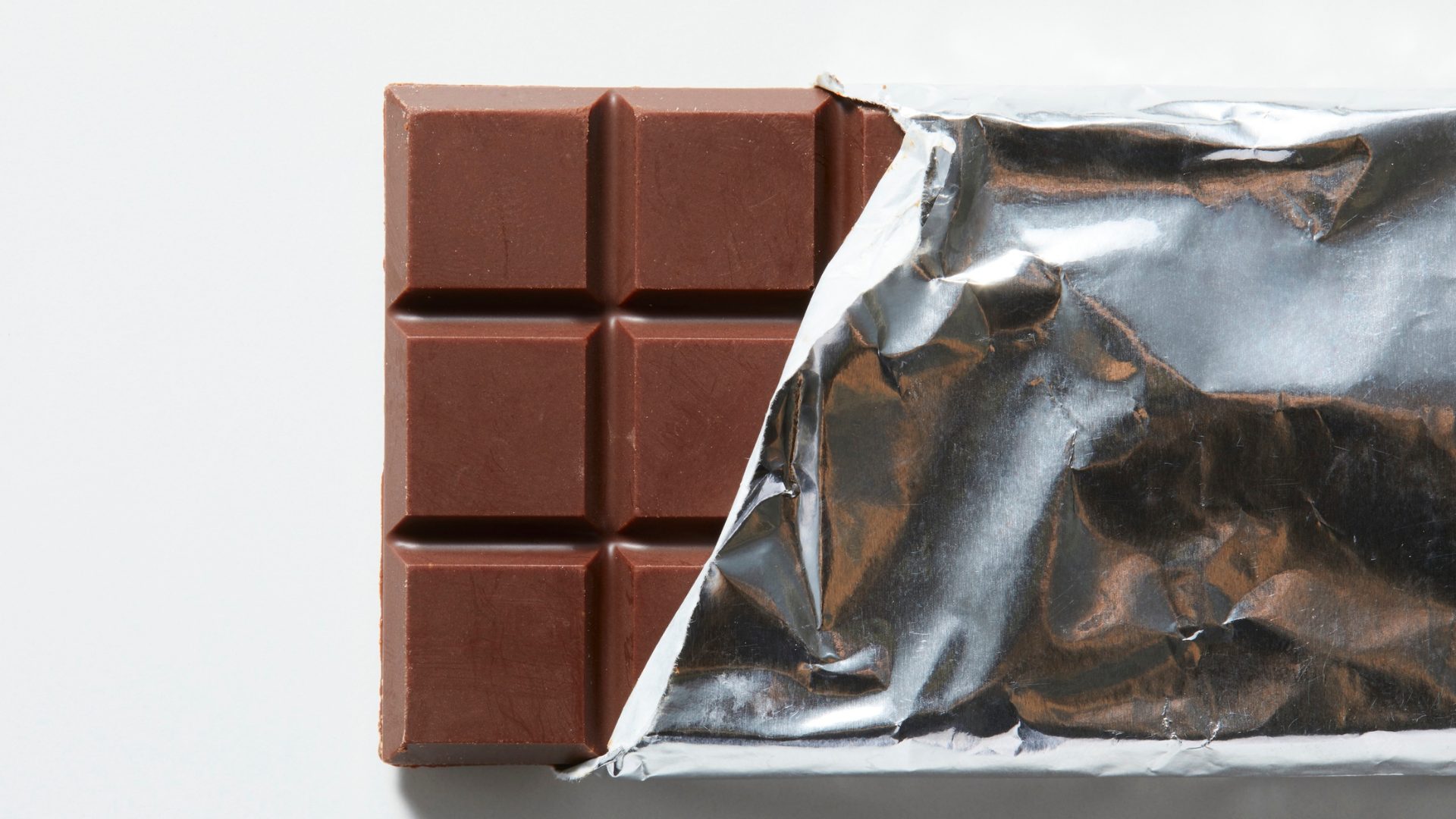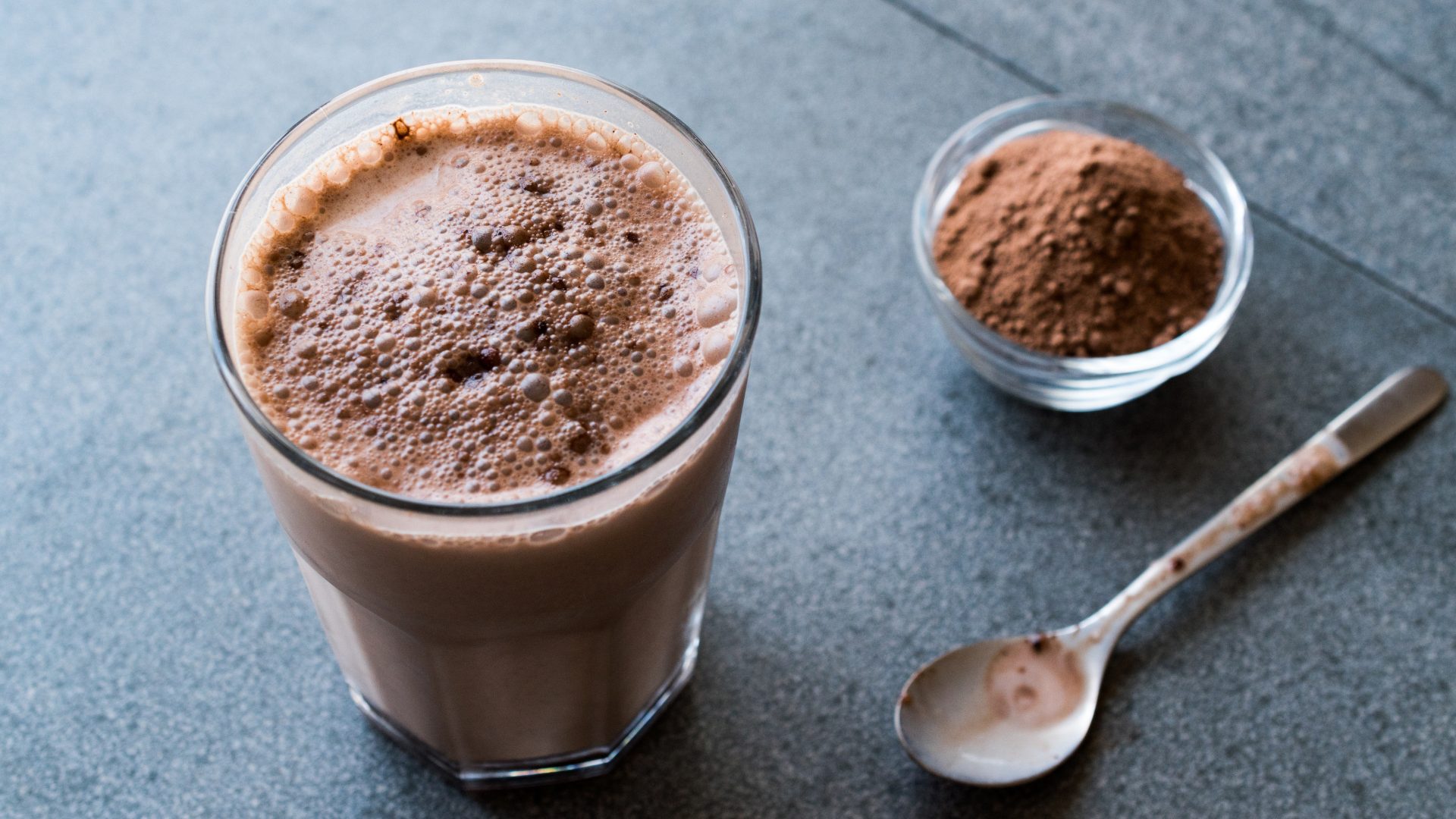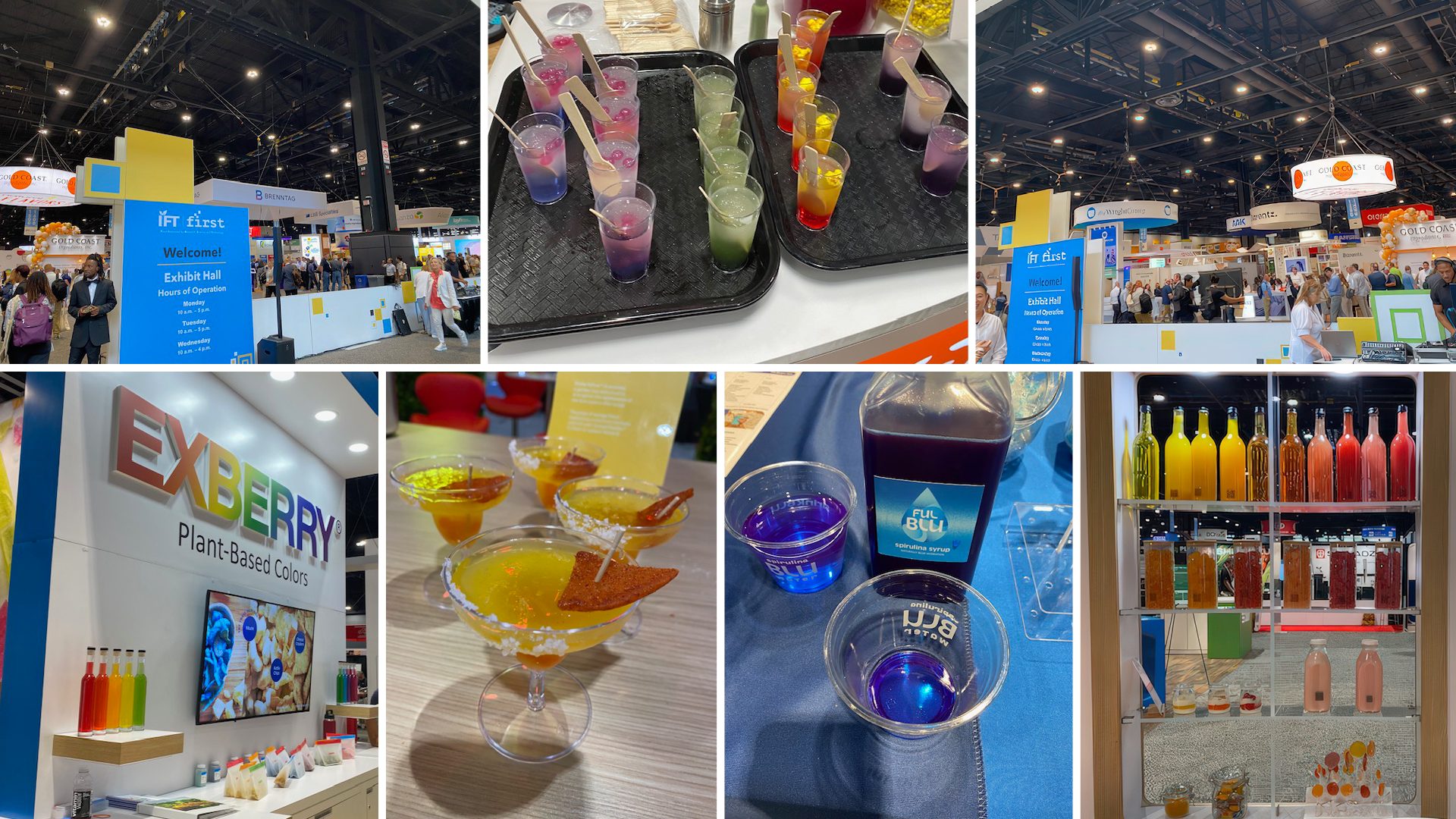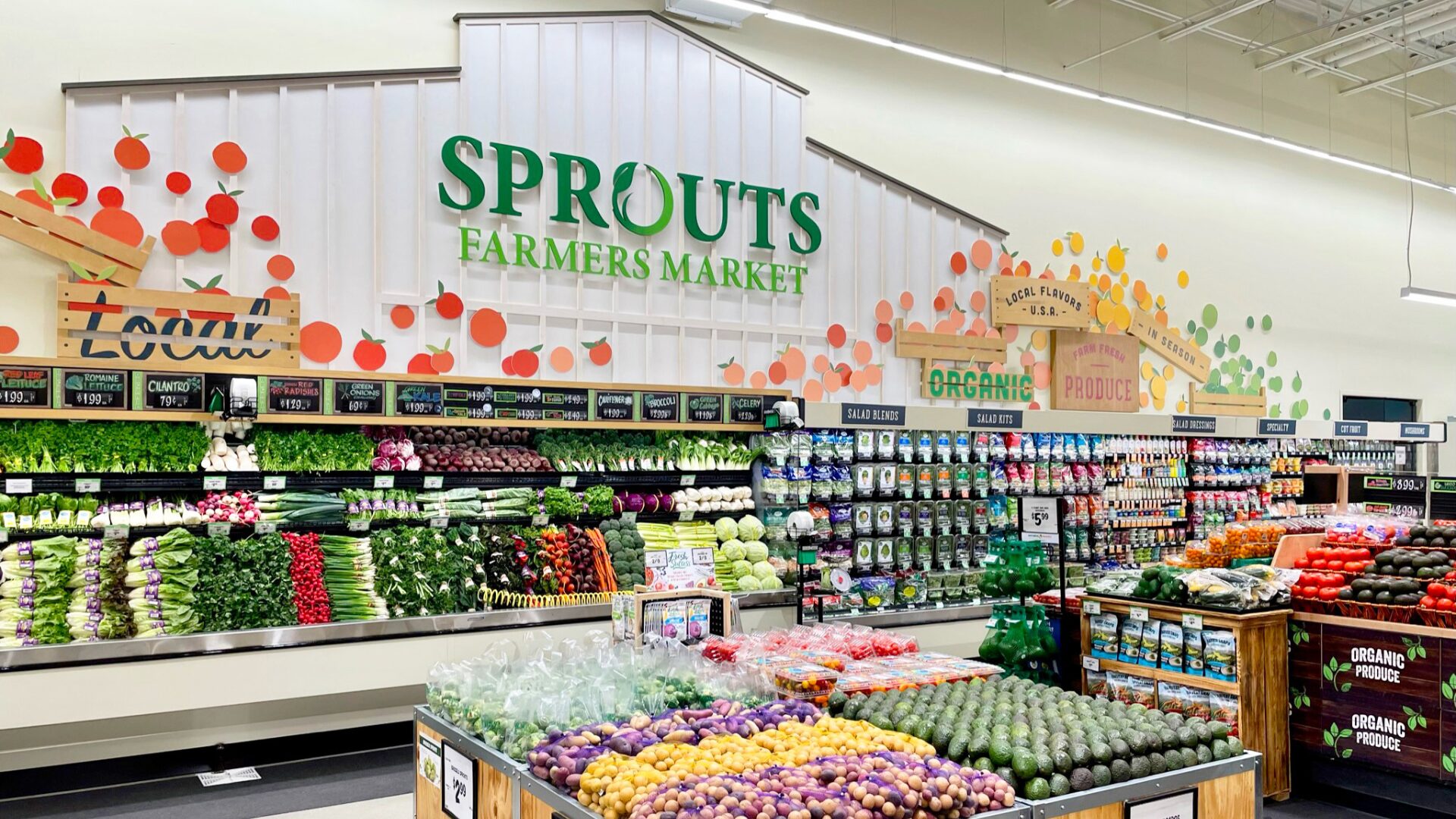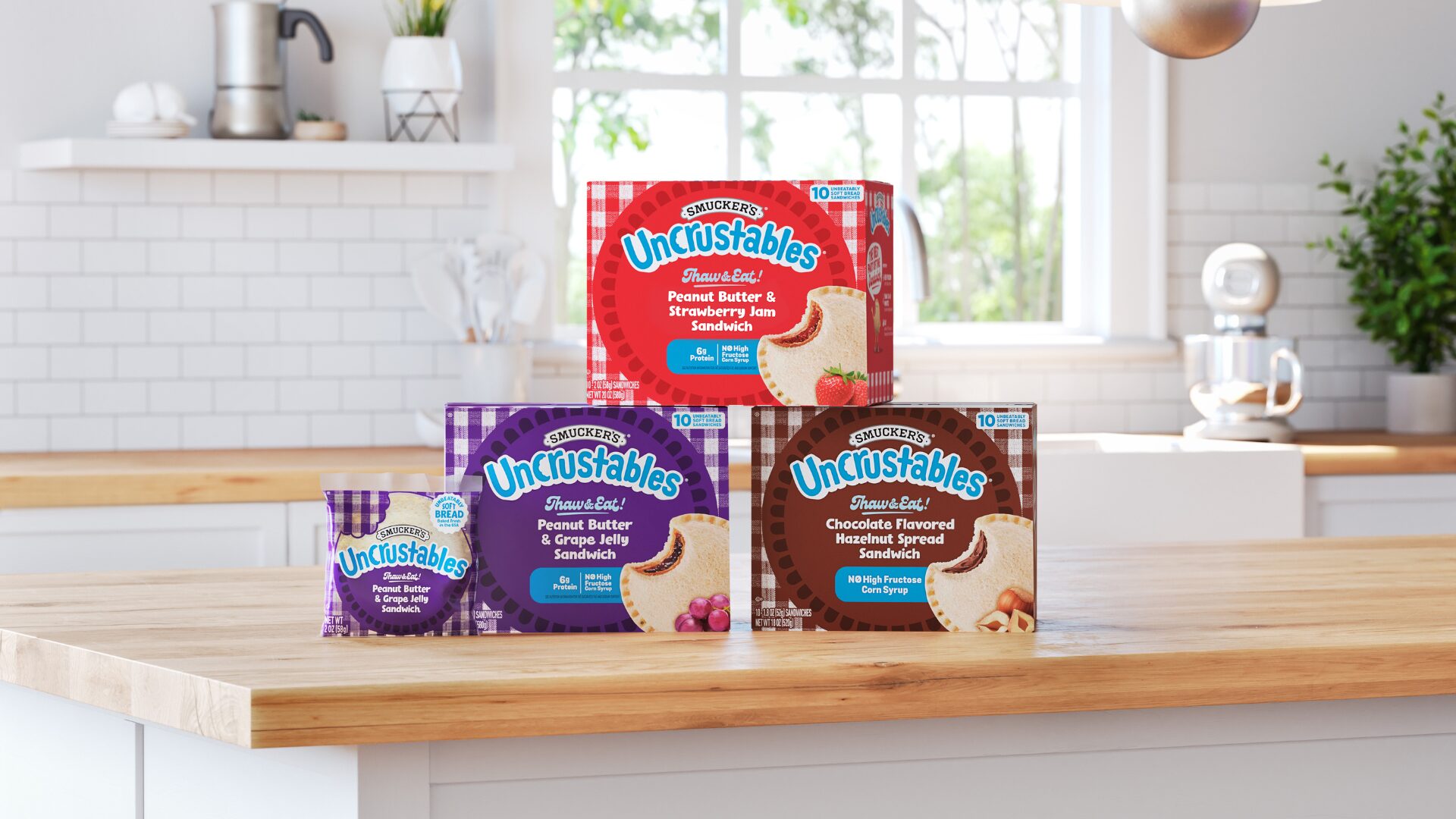Sheleena Jain, senior specialist at The Smart Cube consultancy, has studied GLP-1 weight-loss drugs at length. She feels food and beverage companies are well-prepared to face the test that drugs like Ozempic and Wegovy present.
“F&B companies have long been focused on aligning their products with the better-for-you trends, anticipating shifts in consumer behavior due to the growing focus on health,” Jain told The Food Institute. “The rise of GLP-1s has accelerated these trends, but the industry was already moving toward healthier options such as reduced sugar.”
Food industry titans, like Nestlé, promptly ramped up their shift towards healthier products once GLP-1s hit the market, with product lines such as Vital Pursuit nutrient-rich frozen items. With projections suggesting the U.S. anti-obesity medication patient pool could grow to approximately 7% of the population over the next decade, Jain doesn’t foresee the demand for GLP-1 drugs dissipating soon. Ozempic’s sales reached $3.2 billion in Q2 2023 alone.
However, the long-term sustainability of drugs like Ozempic and Wegovy could be influenced by factors such as cost (not to mention side effects like nausea).
“The high cost of GLP-1 drugs, often exceeding $1,000 per month, may limit their widespread adoption, especially if insurance coverage remains inconsistent,” said Jain, whose employer’s clients include four of the top five global CPG companies.
“Over time, cost-conscious consumers may seek alternative treatments (to GLP-1s), or lifestyle changes, if affordability becomes a significant barrier,” the trends expert said.
In the near-term, Jain expects the weight-loss drugs to have the following impacts on F&B:
- Reduced demand for high-calorie foods. Because GLP-1s suppress appetites and reduce calorie intake, consumers may shift away from indulgent foods, The Smart Cube specialist said.
- Growth in nutrient-dense foods. There will likely be an increased demand for foods that offer nutritional benefits, such as high-protein or fiber-rich products, which complement the dietary needs of GLP-1 users.
- Packaging changes. Companies are likely to pay increased attention to the claims made on their packaging to attract consumers who are on GLP-1 medications or are on a diabetes/weight-management regimen.
A report from Morgan Stanley indicates that the rise in anti-obesity medications has led to a decrease in food consumption, with GLP-1 users indicating they eat 23% fewer daily meals and 50% fewer snacks. While that might sound like bad news for restaurants and snack manufacturers, Jain reiterated that the F&B industry has, historically, evolved rather quickly to cater to the latest consumer demands.
In that spirit, QSRs have begun adapting their menus to add more health-conscious choices. On Oct. 29, for example, Smoothie King debuted a GLP-1 Support Menu, featuring five smoothies that are high in fiber, have no added sugar, and have no less than 19 grams of protein.
“When developing this menu, it was important to offer blends with a thoughtful balance of nutrient-dense, high-protein, fiber-rich foods to support satiety and muscle mass,” said registered dietitian Molly Kimball of Ochsner Health, in a Smoothie King press release.
“In my opinion, while GLP-1 drugs may impact the fast-food outlets negatively in the immediate future, in the mid-to-long term, the impact is expected to be minimum,” Jain said.
In theory, QSR chains that introduce healthier menu items could win new customers who had shied away from fast-food in the past, the trends expert added.
Fast-food chains’ ability to innovate and offer healthier choices “will play a crucial role in mitigating potential negative impacts from the rise in GLP-1 usage,” Jain concluded.
While weight-loss drugs seem ubiquitous these days, a recent survey of 2,200 U.S. adults published by Morning Consult cast doubts that the medications’ usage will continue to rise significantly. Those polled were asked to rate their level of agreement with this statement: “If I wanted to lose weight, I’d rather take an injectable weight-loss drug, rather than make a diet change.” As noted by Fortune.com, 62% of respondents disagreed.
A few of that survey’s revelations will no doubt be of interest to the food industry. For example, among the survey respondents interested in weight loss, the following groups strongly disagreed: those with a household income over $100,000 (78%), and men (75%).





